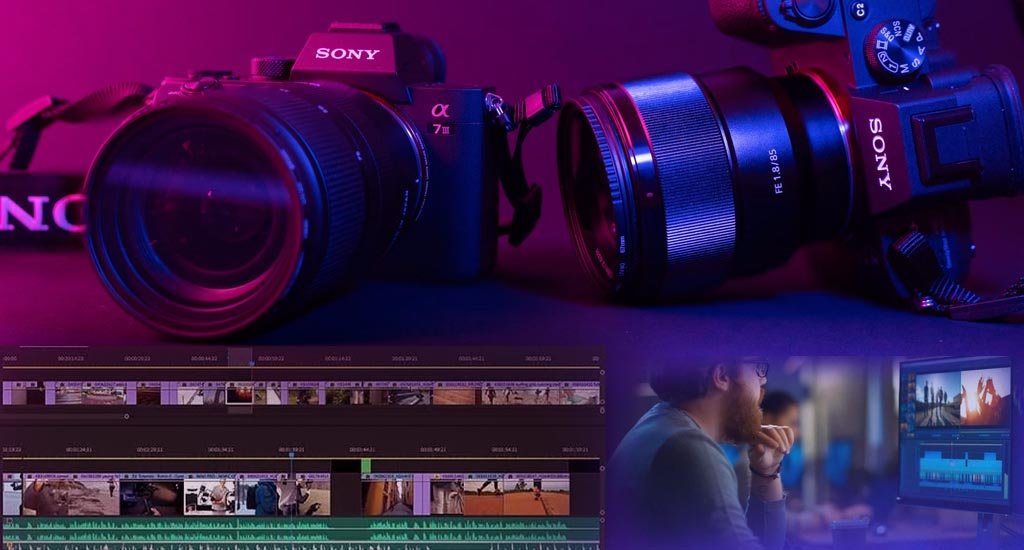Navigating the Complexity of Editing: Managing Client Expectations
In the dynamic world of content creation, client expectations often collide with the intricate reality of the editing process. While many clients envision a swift, one-two-three editing procedure, the truth is that editing is a meticulous craft that demands both logical and creative prowess. This article delves into the multifaceted nature of editing, shedding light on the time-consuming journey that transforms raw footage into a cohesive and compelling story.
The Illusion of Swift Edits:
Misconceptions surrounding the editing process are not uncommon. Many clients anticipate a quick turnaround, assuming that assembling a sequence of clips is straightforward. However, the reality is far from this illusion. Editing is an art that involves not only selecting the right shots but also crafting a narrative that resonates with the original script's intent.
The Time-Consuming Nature of Editing:
Comparing editing to a cinematic puzzle is a fitting analogy. Editors meticulously piece together scenes, ensuring that each frame aligns seamlessly with the overarching narrative. This process requires an investment of time that goes beyond mere technicalities. Editors delve into the subtleties of storytelling, working diligently to enhance the emotional impact and flow of the narrative.
The Editor's Role as a Creative Visionary:
Beyond the technical aspects, editors often find themselves assuming the role of a creative visionary. In the quest for a cohesive storyline, they may need to make critical decisions akin to those of a director. This includes conceptualizing ideas to bridge gaps in the narrative or reshaping sequences to ensure a more organic flow.
Transforming Challenges into Opportunities:
Editing is not just about fixing errors or stitching scenes together; it's about transforming challenges into opportunities. Editors face the task of envisioning the final product while dealing with the constraints of the available footage. This demands a unique blend of logical problem-solving and creative thinking.
The Film Editor as a Silent Director:
In many instances, the film editor becomes a silent director, shaping the story through their choices in the editing room. They are tasked with interpreting the director's vision, ensuring that the final cut resonates with the intended emotional beats and thematic nuances. This collaborative effort between director and editor is essential for a film to reach its full potential.
Client expectations regarding the editing process often underestimate the intricate dance between logic and creativity that occurs in the editing room. Recognizing that editing is not a mere technicality but a transformative art form is crucial for fostering a deeper appreciation for the craft. As clients gain insight into the time-consuming and intricate nature of editing, they can develop a more realistic understanding of the effort that goes into bringing their creative vision to life on the screen. Embracing the complexities of editing allows for a more collaborative and fulfilling partnership between creators and editors in the realm of filmmaking.




